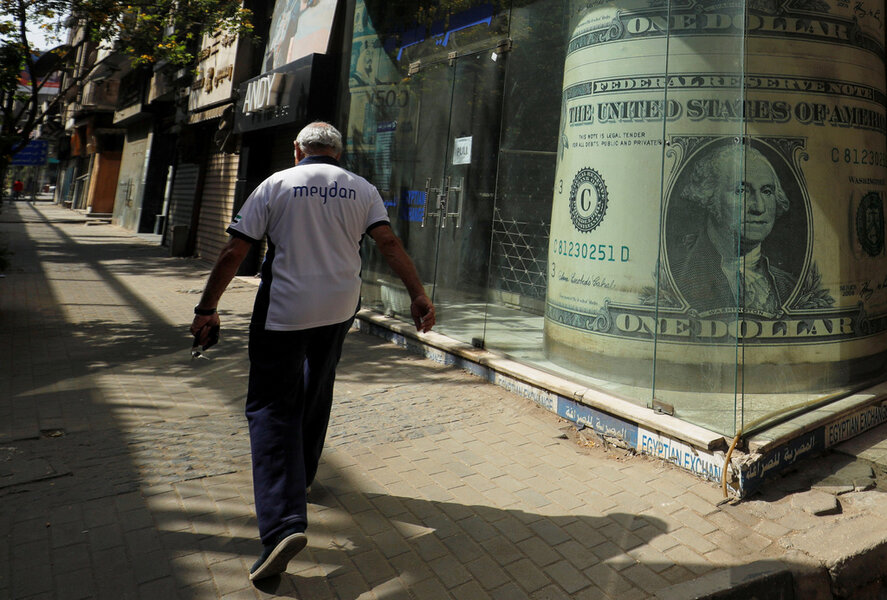The Fed's global role in making people ‘whole’
The COVID-19 pandemic is certainly global but so has been the economic fallout. An estimated 81% of the world’s workforce has been idled. The response to both crises has largely been led by each nation’s government. People naturally look to their civic leaders for solutions. In the United States, that is true – except for one institution that has had to do far more.
Starting in mid-March, the Federal Reserve decided to go beyond its mandate as America’s central bank in ensuring adequate job growth and safe inflation. With its ability to take on debt – more than $4 trillion in recent weeks – it launched unprecedented programs to rescue both Wall Street and Main Street from the loss of customers and investments caused by the mass lockdown.
The Fed’s motive was clear: “People are undertaking these sacrifices for the common good. We need to make them whole,” said Fed Chairman Jerome Powell in early April.
“We should be doing that, as a society. They didn’t cause this. Their business isn’t closed because of anything they did wrong. They didn’t lose their job because of anything they did wrong.”
It turned out, however, that the Fed’s sentiment toward making Americans whole led to a decision to help others achieve the same.
With much of the world reliant on the U.S. dollar for international commerce, the Fed also had to deal with a panic in global financial markets. All at once in March, both individuals and governments were seeking economic safety by trying to buy greenbacks, long the world’s most stable currency.
The panic was like a bank run, one with potential blowback on the American economy. The global dash for cash hit a record, according to the Institute of International Finance. In addition, the financial consequences also threatened to hurt the struggle against the coronavirus in many countries that couldn’t pay their bills.
On the world stage, the Federal Reserve was suddenly seen as indispensable. On March 15, it opened up “swap lines” with 14 foreign central banks. This allowed them to inject additional dollars into their economies, allowing a currency liquidity that would help quell financial fears.
But that was not enough. Later, nine more countries were given access to dollars. By March 31, many more countries were included in a special program to let them “repurchase” dollars. With its great advantage as keeper of the preferred currency, the U.S. had to recognize its responsibility to the rest of the world.
Today, much of the world economy still faces a severe slowdown. Yet the financial panic is largely gone. The Fed’s decision to be an emergency backstop for the world, not just for the U.S., was critical. By lifting up others abroad, it prevented a worse situation for Americans.
When so many nations were looking inward during the crisis, the Fed’s actions are a reminder of a universal call to make people “whole.”






